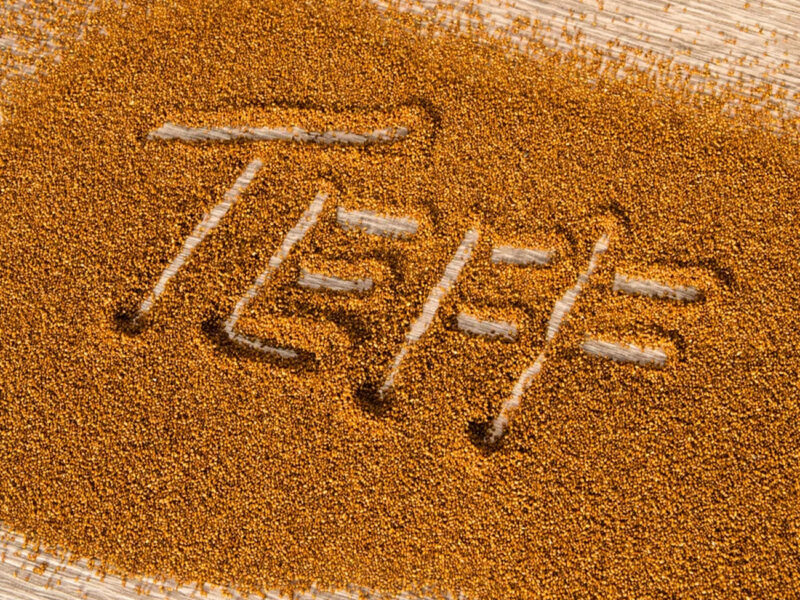The small seeds of a teff plant – which look similar to wheat – are little in stature, but they pack a nutritional wallop.
Relatively new to the U.S., teff has long been a superfood in East Africa – especially Ethiopia – like a staple food crop full of fiber.
Cornell University food scientists, headed by Elad Tako, associate Professor of food science, now confirm teff greatly aids the gut and enhances the nutritional value of zinc and iron, according to a new modeling method.
Seed extracts could influence the gastrointestinal tract and other systems in living organisms, through the utilization of a unique in vivo approach.
“The grain teff is extremely valuable,” said Tako, the paper’s senior author. “For the first time, we were able to associate teff-seed extracts and teff consumption with positive effects on the intestinal microbiome composition and function, potentially explaining why the prevalence of dietary iron and zinc deficiencies in Ethiopia – although still significant – are lower in comparison to other neighboring African nations.”
Tako and his group conducted experiments while developing and utilizing fertile eggs from the standard domesticated chicken (Gallus gallus).
In the experiment, the teff seed fiber extract was injected into the fertile Gallus gallus eggs amniotic fluid, which consists mostly of water and short peptides, on day 17 of embryonic development. The amniotic fluid and the added nutritional solution are subsequently consumed by the embryo daily 19 of embryonic incubation.
“By utilizing this unique in vivo model and research approach, we are able to test how a candidate compound – in this case the teff grain extract – or solution affects the gastrointestinal tract, but also other systems or other tissues,” Tako said. “We were able to confirm positive effects on the intestinal microbiome and duodenal (small intestine) functionality and tissue morphology.”
Several significant bacterial metabolic pathways were enriched from the teff infusion, probably as a result of grain’s high comparative fiber concentration, demonstrating an important bacterial-host interaction which contributes to developments in the physiological status of iron and zinc, and the functionality of this intestinal digestive and absorptive surface.
“We’re taking advantage of the embryonic phase, as a unique in vivo model to assess the potential nutritional benefits of plant origin bioactive compounds,” said Tako.
Related Journal Article: https://www.mdpi.com/2072-6643/12/10/3020

